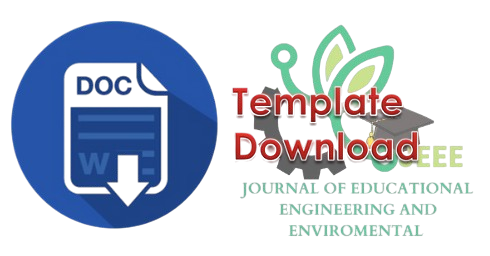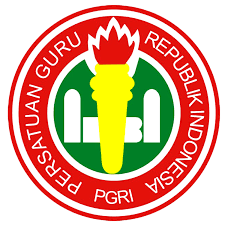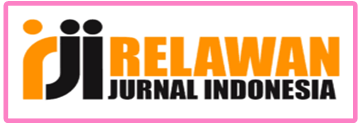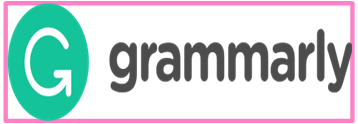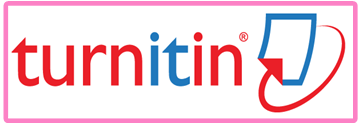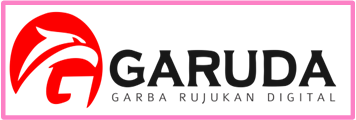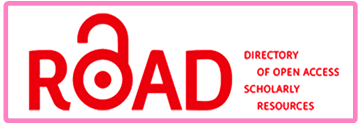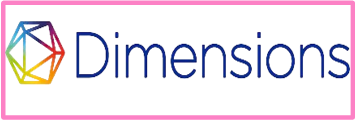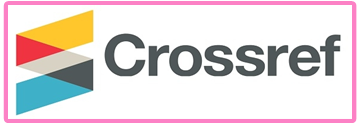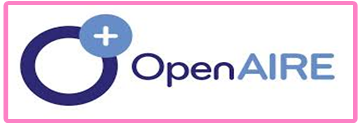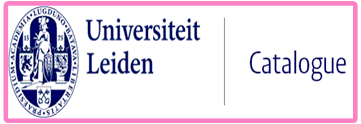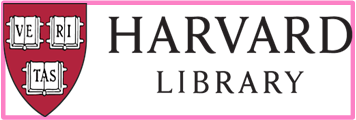Peer Review Process
| PEER REVIEW PROCESS |
Review Process
Each manuscript submitted to the Research Journal (JEEE) will be reviewed by two reviewers. The mechanism is to be double-made. The manuscript will be created the same for review, and so will the review for the author. The final decision is made by the editorial board based on the results of the review. Plagiarism is strictly prohibited in the Journal of Urban Development. The journal uses plagiarism detection software like Turnitin.com
Criteria for Manuscripts Accepted or Rejected by Reviewers
The journal JEEE requested cooperation from external reviewers to facilitate communication with the scriptwriter. In any case the acceptance of the manuscript should be attributed to:
- Academic knowledge and experience in the subject of the manuscript. An invitation to the reviewer means that he has a solid understanding of the subject of the article.
- Reviewing an article takes time and dedicating thought to evaluating a manuscript.
- Conflict of interest.
A conflict of interest may occur as a result of proximity or hostility to the author if the reviewer identifies the author even though their name has been removed from the manuscript. Reviewers must declare any conflict of interest and refuse an editor's invitation to evaluate a manuscript when, for example, they identify the author of the manuscript, academically or intimately close to the author, belonging to the same university, department, research group, professional network, research project as author or have published an article with the author, or any other type of professional connection or conflict/closeness. In this case the reviewer should refuse the offer from the editor to review the article. Authors can inform journals through the platform to say which researchers may have a conflict of interest with their submissions; Reviewers should do the same.
- Commitment to confidentiality.
Reviewers must maintain strict confidentiality when assessing manuscripts and must not divulge their contents to third parties. If the reviewer wishes to obtain a second opinion on the article, he should consult with the editor, whose approval is required in order for the manuscript to be viewed by the second reviewer. Editors welcome these additional comments provided that strict confidentiality is maintained throughout the entire review process. These additional evaluations and recommendations will help editors make the final decision about the manuscript.
Duties of the Reviewer
As a peer reviewer, the task of the external reviewer is to provide a constructive and critical analysis of the content of the manuscript, working closely with the general editor and subject editor in examining/ratifying whether the work is of high scientific value and in accordance with this. journal excellence standards for acceptability and editing. The opinions of reviewers are essential to detect the originality and superiority of the content presented in a clear and concise way. The reviewer will provide a general assessment of (impact priorities) stating the likelihood that the article has a strong and lasting influence on the area of research of interest to the journal.
General Criteria for Manuscript Review
Subject : In order for the central theme of the article to be relevant and of scientific value, it must be specific (detailed in a local context without parochial) and of wider importance to the international scientific community.
Style : The reviewer's report on the critical evaluation of the manuscript should be written in an objective style using direct quotations from the submitted text or citing interesting references to support his argument. Authenticity.
Originality : Originality and conformity are important criteria for the manuscript to be selected for our journal.
Structure : The manuscript should include the main elements of an academic journal: summary/abstract, introduction, methodology, results, discussion, and conclusions.
Review Criteria
The JEEE Journal reviewer should conduct a thorough analysis of the manuscript, compare the information presented, examine the scientific literature used to support the document and present quantitative and qualitative reports to the editor on the suitability of the work for publication. To this end, they will use an evaluation sheet with the following aspects:
- Title, abstract and keywords (quality and structure)
- Relevance of Research Subjects
- Originality of the Script
- Literature Review. Relevance of references. Currency from the literature review.
- Structure and organization. scientific writings
- Activity Method
- Interpretation and analysis of data
- Authenticity. Conclusion
- Overall assessment
Ethical Issues
If the reviewer considers that the article is a substantial copy of another work, they should notify the Editor, providing a detailed excerpt of the previous work. If there is a real or distant suspicion that the results of the article are fake or fraudulent, the reviewer should notify the Editor.
Report to Editor
Reviewers should be polite and constructive, and should not include personal data. In this sense, a partial assessment regarding some content and formal aspects must take into account the following evaluation criteria:
Content Aspects :
- The degree of interest and actuality of the subject.
- Relevance and how up-to-date the source is.
- Clear and interesting theoretical propositions.
- Clarity in the presentation of the purpose of the work.
- Adequacy of methodological design in relation to the purpose of the work.
- Relevance and correction of data analysis procedures (where appropriate).
- Empirical data of interest are provided (where appropriate).
- Discussion, results and conclusions of interest and relevance.
- Interesting and relevant from a professional didactic point of view
Formal Aspects :
- Organization and structure.
- Balanced extension of parts and adequate content.
- Writing and style.
- Presentation of tables and figures.
- Bibliographic references (IEEE norms apply, with in-text citations matching references in the list at the end of the text).


